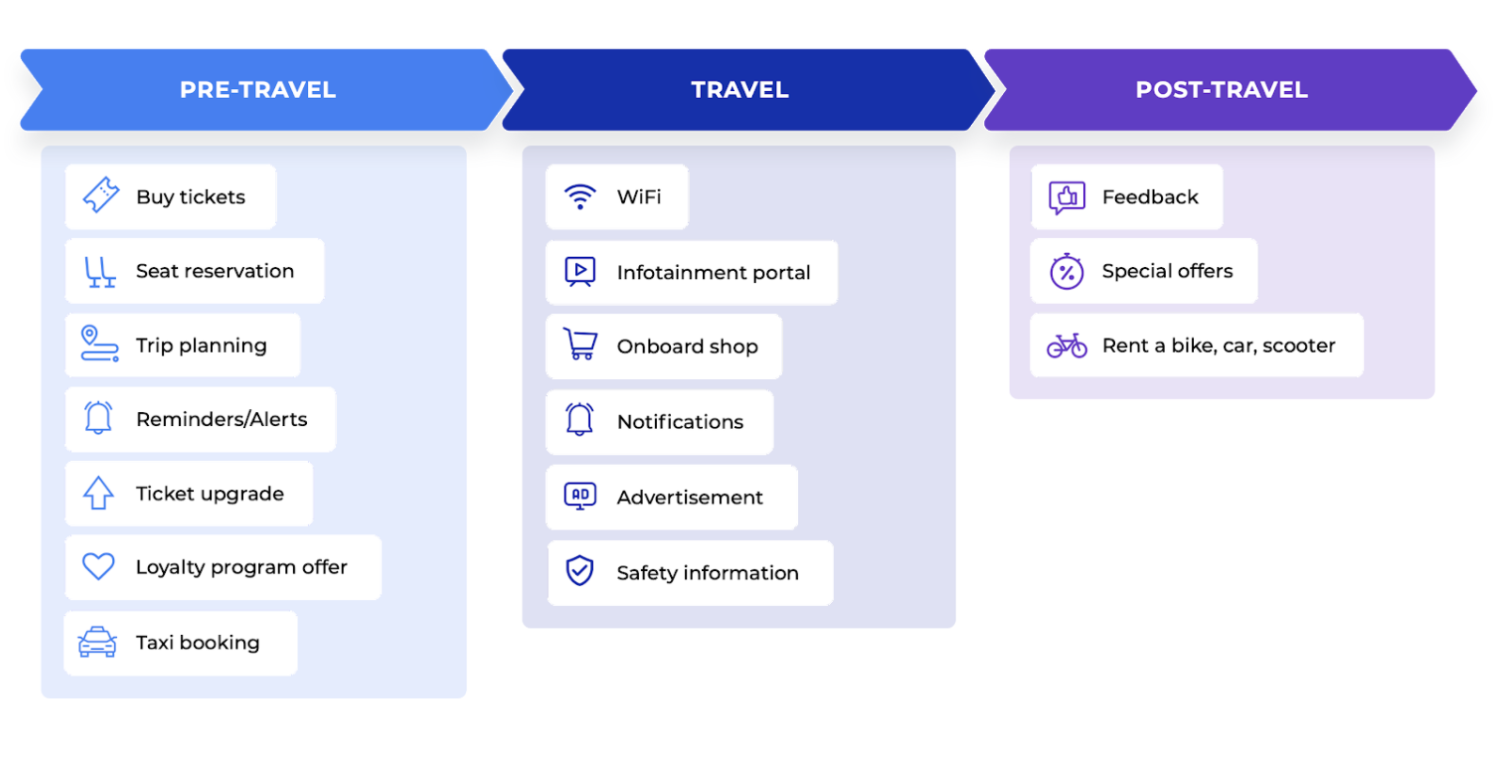Personalisation: the key for staying competitive in the travel industry
Up until now, price and product seemed to be the biggest differentiator for customers when choosing a brand to purchase from. Nowadays, there is a new player in the equation: the quality of the experience.
Up until now, price and product seemed to be the biggest differentiator for customers when choosing a brand to purchase from. Nowadays, there is a new player in the equation: the quality of the experience.
A recent study by Frost & Sulvillan showed that “companies globally lose over $300 billion every year due to poor customer experience […] as customers expect timely, personalised and easy access to services – anywhere, anytime, through any device.”
With the advent of digital technology and the amount of data companies are able to collect, customers are getting used to a more personalised experience and care. Companies must therefore be reactive to the new requirements of their customers in order to align with their expectations.
Brands that promptly tap into this new way of providing services to customers are able to see an increase in loyalty and growth in profit margins. Those who fail, are left behind.
What is personalisation in the travel industry?
Personalisation hides important activities for a brand to stay competitive in the market. In the travel industry it fundamentally leverages digital technology to select and segment data in order to reveal behavioural patterns and make better decisions and predictions to create more seamless and informed journeys.
It allows brands to address the needs of the passenger to make their journey easy and enjoyable, and make them feel more cared for.
It's important to note that a personalised passenger experience is not limited to just the specific moment a passenger is on the go. Transport operators should be caring of their passengers throughout the whole journey, from before it starts to after it finishes.
 Pre-travel, Travel and Post-travel Passenger Experience
Pre-travel, Travel and Post-travel Passenger Experience
Here are some examples:
Pre travel personalisation: supporting passengers in the process of planning a trip is not only a great way to make things easier for them, with assisting them with exact departure times from their home or work, or assisting with selecting the right hotels based on the price range of their ticket or their travelling distance. But it also reveals potential room for additional revenue streams by, for example, partnering up with a taxi service provider.
On board travel personalisation: imagine a passenger has a long waiting time between one connection and the other. Or imagine he incurred into a major delay. Having this kind of data available means having the chance to send the passenger a personalised SMS or notification to offer him sales and recommendations to make waiting time more enjoyable.
Post travel personalisation: the potential for communication upon arrival is enormous. Ranging from post-travel marketing email asking for feedback or offering discounts, sending a “Thank you” SMS, to anticipating a possible complaint with offers of compensation in case of problems during the journey – increasing the chances of improving loyalty.
In conclusion, passengers are willing to invest in an enjoyable travel experience, as well as choosing a brand over another, not based on just price anymore, but instead on the quality of the services, care and experience they had. Therefore, as the report concludes “A personalised omnichannel customer experience is not an option anymore, but a strategic necessity” – and we believe this being true particularly in the travel industry.
Thanks to our experience with brands across the world, our Passengera team can assist you throughout the whole process from strategising communication based on customers touch-points, to implementing Passengera's solution to your fleet.
